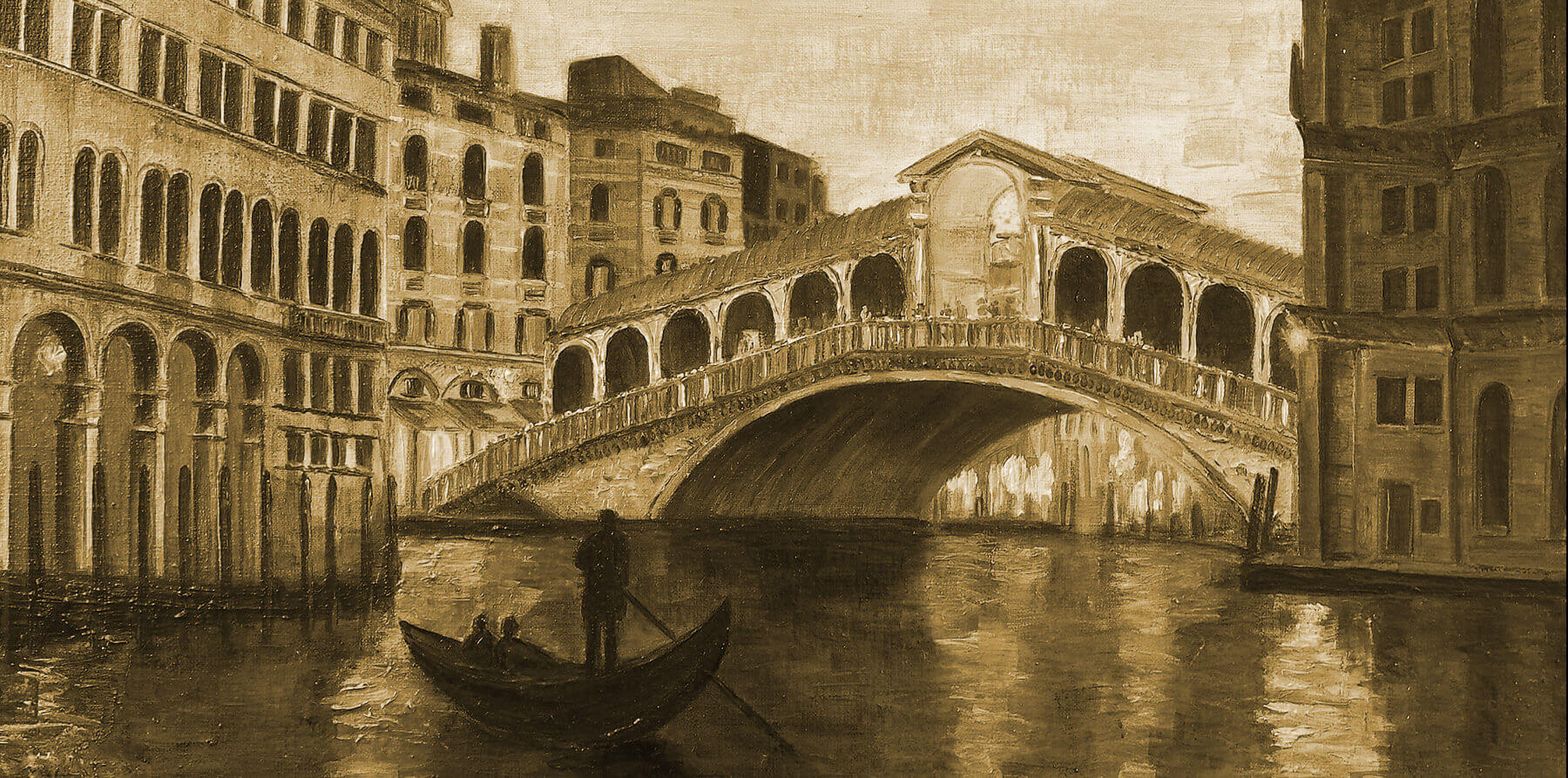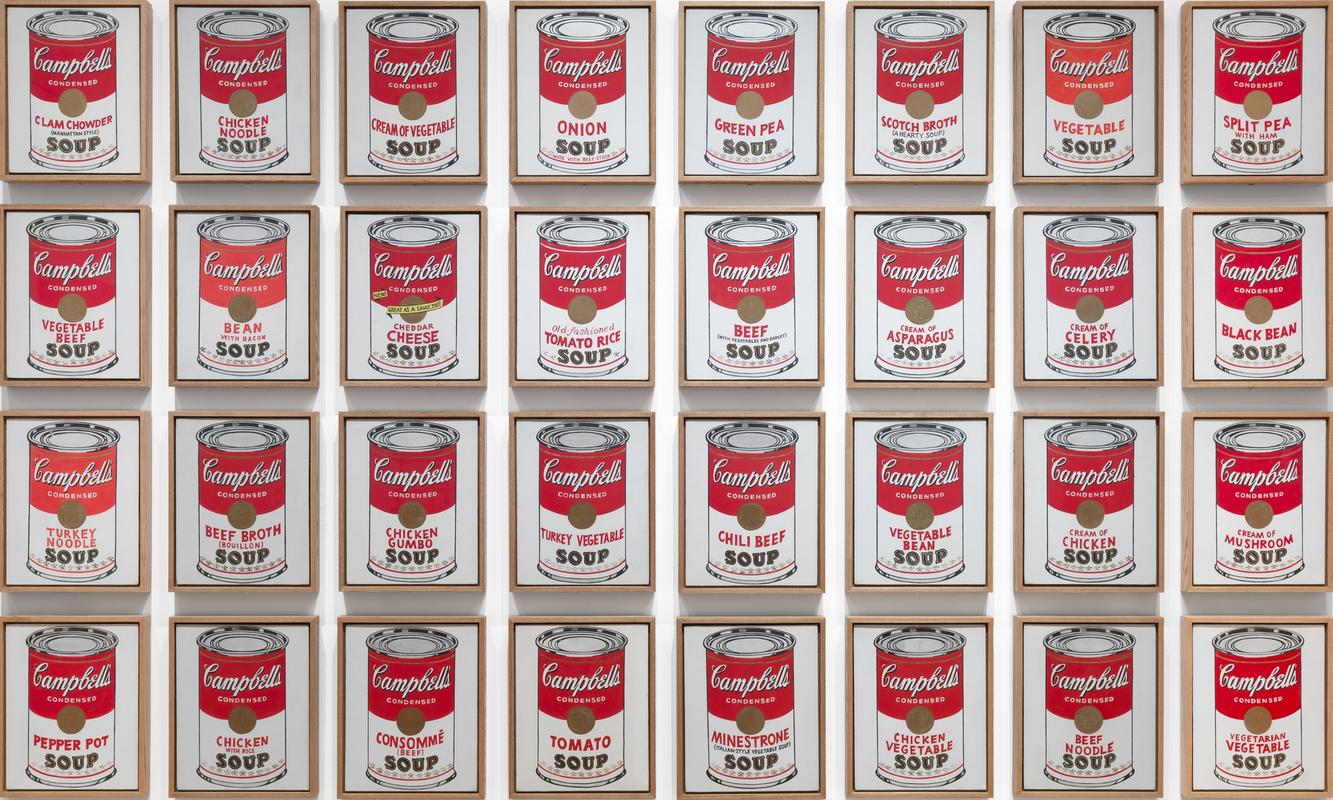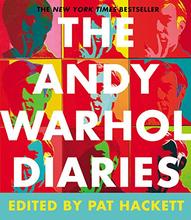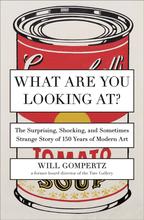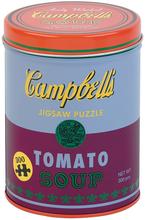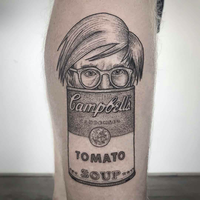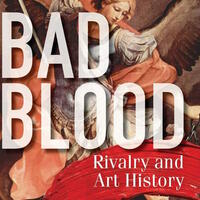More about Campbell's Soup Cans
- All
- Info
- Video
- Shop

Founder & President
There are thirty small paintings of 32 cans of soup, one for every flavor that the Campbell's Soup Company produced in 1962.
When Warhol showed this set of paintings at a one-man show in LA, only six of the thirty-two paintings sold, at a mere $100 each. His dealer bought back those six in order to keep the set complete and paid Warhol $1,000 for the lot. Warhol's next show was canceled. Only two years later, Warhol set up the studio that would become known as "The Factory" and would make him uber-famous, driving up those prices astronomically.
This painting was very unpopular with some people because they felt it was too realistic. Abstract Expressionism was all the rage, which is ironic because when the abstract expressionists first appeared, they offended people who preferred more realistic art.
No one is 100% sure why Warhol painted Campbell's soup cans, but some theories include:
- His mother used to make flowers out of tin cans, including Campbell's soup cans.
- He was painting cartoons, but then Roy Lichtenstein made way cooler paintings of cartoons, so Warhol needed a new subject. His assistant suggested he should paint ordinary things like soup cans.
- He ate soup and drank Coca Cola for lunch every day.
Warhol had no commercial relationship with the Campbell's Soup company. Talk about great free advertising for Campbell's and a great art launchpad for Warhol!
Featured Content
Here is what Wikipedia says about Campbell's Soup Cans
Campbell's Soup Cans is a series of 32 paintings produced between November 1961 and June 1962 by the American pop art artist Andy Warhol. Each canvas measures 20 inches (51 cm) in height and 16 inches (41 cm) in width and contains a painting of a Campbell's Soup can. The works were Warhol's hand-painted depictions of printed imagery deriving from commercial products and popular culture and belong to the pop art movement.
Warhol began as a commercial illustrator in 1949. The series was first shown on July 9, 1962, at the Ferus Gallery in Los Angeles, California. The exhibition marked the West Coast debut of pop art. After the exhibition Irving Blum took ownership of the set of paintings until he loaned it to the National Gallery of Art for several years in 1987 and then sold it to the Museum of Modern Art in 1996. Warhol's motives as an artist were questioned, but the work has become embraced as the most transformative work of art in terms of reconsidering the meaning of art since Marcel Duchamp's 1917 piece Fountain. Warhol's association with the subject led to his name becoming synonymous with the Campbell's Soup Can paintings.
The Campbell Soup Company was offended at first and considered litigation but soon embraced Warhol's imagery. He eventually produced numerous reproductions of the cans across three distinct phases of his career, while also creating many other works depicting the visual language of commerce and mass media. The soup cans series is generally thought of as referring to the original 32 canvases, but also his many other productions: some 20 similar Campbell's Soup painting variations were also made in the early 1960s; 20 3 feet (91 cm) in height × 2 feet (61 cm) in width, multi-colored canvases from 1965; related Campbell's Soup drawings, sketches, and stencils over the years; two different 250-count 10-element sets of screen prints produced in 1968 and 1969; and other inverted/reversed Campbell's Soup can painting variations in the 1970s. Because of the eventual popularity of the entire series of similarly themed works, Warhol's reputation grew to the point where he was not only the most-renowned American pop-art artist, but also the highest-priced living American artist.
The later screen print sets are sometimes confused as part of the original series. In addition, there is ongoing production and sale of unauthorized screen prints, of what is legally Warhol's intellectual property, as a result of a falling out with former employees. The series has a continuing legacy in pop culture, in derivative work by other artists and with multi-million dollar sales in the resale market. The popular explanation of his choice of the soup cans theme is that an acquaintance inspired the original series with a suggestion that brought him closer to his roots.
Check out the full Wikipedia article about Campbell's Soup Cans
